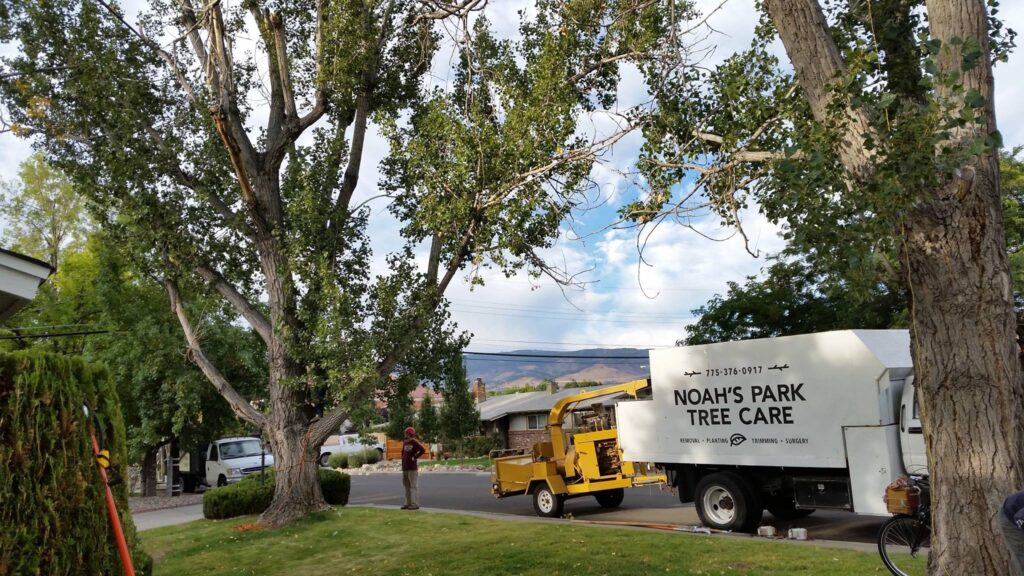
Trees are essential to our landscapes, providing beauty, shade, and environmental benefits. However, trees require regular trimming services to maintain their health and appearance. But when is the best time to prune trees? This guide will help you understand the optimal tree pruning seasons, ensuring your trees remain healthy and vibrant year-round.
Knowing when to trim trees is crucial for their overall health and longevity. While light pruning and removal of dead wood can be done anytime, more extensive pruning should be timed according to the tree’s growth cycle and specific needs. Let’s explore the best times to prune different types of trees and the reasons behind these timing recommendations.
Winter is often considered the best time to prune or trim trees for several reasons:
While spring isn’t ideal for most trees, it’s the best time to prune some flowering trees:
Summer pruning should be limited but can be beneficial in certain situations:
Generally, it’s best to avoid pruning in the fall:
According to Sarah Johnson, a certified arborist with over 20 years of experience, she emphasizes the importance of timing:
“The key to successful tree pruning is understanding the tree’s growth cycle and pruning accordingly. While winter is generally the best time for most trees, each species has its optimal pruning window. For example, oak trees should only be pruned in winter to prevent oak wilt disease, while maple trees can be pruned in late spring or early summer to avoid excessive sap flow. Always research your tree species or consult a professional arborist to ensure you’re pruning at the right time.”
While the seasonal guidelines above apply to most trees, there are always exceptions:
Understanding when to prune trees is crucial for maintaining their health, structure, and appearance. By following these seasonal guidelines and considering the specific needs of your trees, you can ensure that your pruning efforts will yield the best results. Remember, when in doubt about when to trim trees, it’s always best to consult with a professional arborist who can provide tailored advice for your specific situation and tree species. Contact us today with your tree pruning questions or concerns.